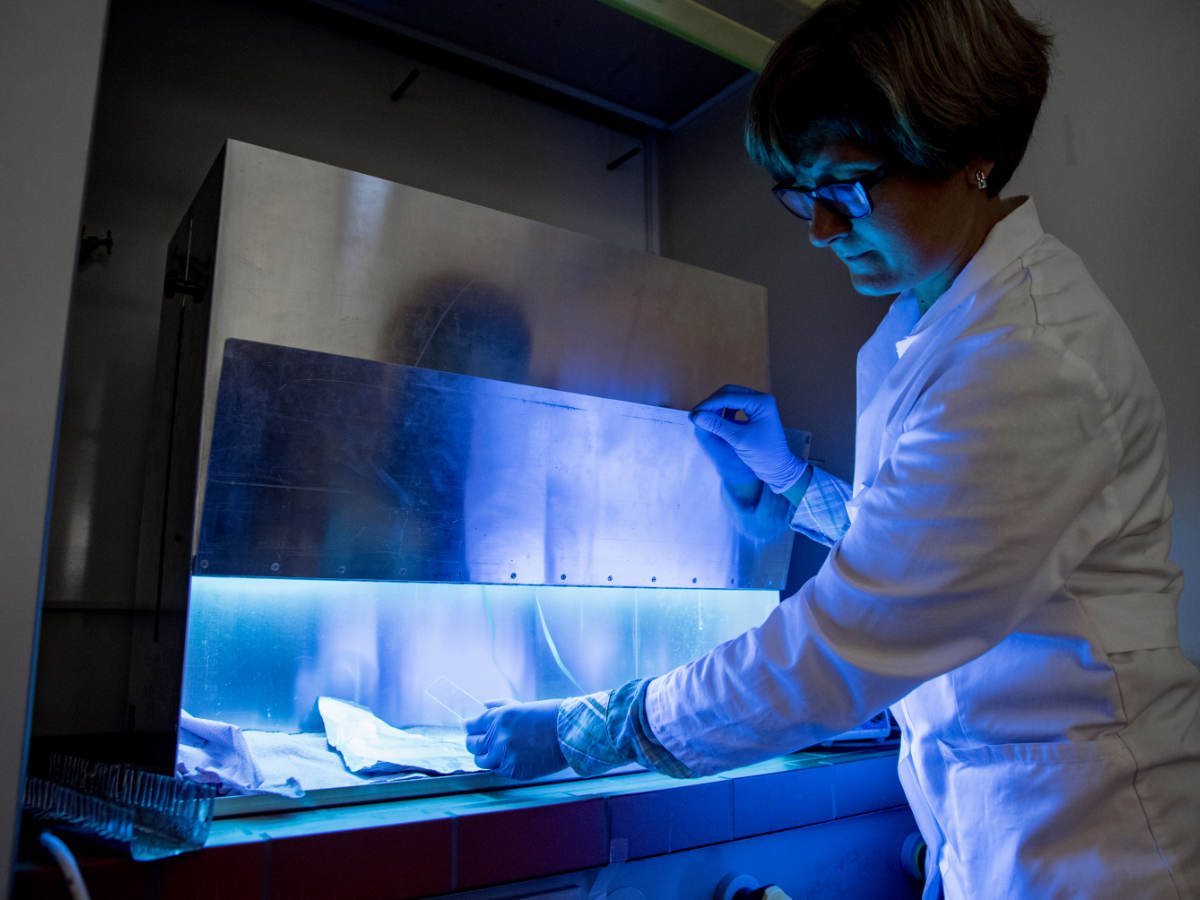August 31, 2020
Safety testing for ultraviolet emitting products
Ultraviolet (UVC) radiation has many uses in commercial, healthcare, and consumer settings. This type of radiation provides germicidal benefits, bacteria elimination, and potential virus deactivation, depending on the exposure dose (based on source strength, proximity, and time). However, there are serious risks to UVC over-exposure necessitating proper safety precautions.
What qualifies as UVC?
Electromagnetic wavelengths, shorter than the visible spectrum of light, are known as ultraviolet (UV) (180-400 nanometers(nm)). UV is comprised of three regions- UVA, UVB and UVC- with the wavelength progressively getting shorter. The UVA and UVB regions have certain benefits and pose some hazards of their own that are outside of this discussion. The range for UVC is 180-280 nm.
What are the key risks of UVC?
There are serious risks to UVC exposure. UVC can be dangerous if improperly used and it could take only moments for UVC exposure to cause serious damage. Common UVC over-exposure symptoms include:
- Eye: pain, light sensitivity and gritty sensation on eye can occur since UVC does not trigger aversion response (blinking squinting, looking away)
- Skin (erythema): similar to a sunburn
Healthcare facility usage response
While UVC technology is not new, its effectiveness in killing bacteria and inactivating viruses has brought it to the forefront. Healthcare facilities and hospitals are altering their operations and infrastructure to adapt to the new normal. Within these facilities, healthcare technologies such as disinfecting equipment, population health monitoring equipment, and telehealth infrastructure are a major part of this adjustment.
Included in the typical questions about these changes, i.e., costs, testing, and certifications, are questions about permanence and the future. Locations adopting UVC equipment have to look at permanently installing certain devices for long-term patient, staff, and visitor health monitoring. They must also take into account the possibility of future outbreaks, regulatory concerns, and proper risk management.
What will UL certify?
UL will test and certify eligible UVC devices for safety using UL Standards for the product type. Where the Standard does not already include personal injury requirements for UVC, ANSI RP-27 or IEC 62471 for photobiological assessments will apply. Safety certifications also address risks of electric shock, fire and personal injury.
The types UVC products currently undergoing safety and certification testing include:
- Consumer products with contained UVC sources
- Commercial and healthcare related products with UVC sources
- Components integrated inside UVC equipment (ballasts, LED drivers, UVC sources, controls, sensors)
- Commercial lighting products (upper room UVGI, hybrid lighting systems, UVA and 405 nm systems
It is important to note that safety certifications do not address efficacy claims.
Performance Assessments
Photobiologic and photometric testing will determine risk category, exposure dose, and UVC source characteristics. Performance can be assessed as an independent service with or without a safety certification. However, performance evaluations will not result in a UL safety mark.
UL can help you understand what risk group your product/design falls into and the corresponding safety implications.
Get connected with our sales team
Thanks for your interest in our products and services. Let's collect some information so we can connect you with the right person.



